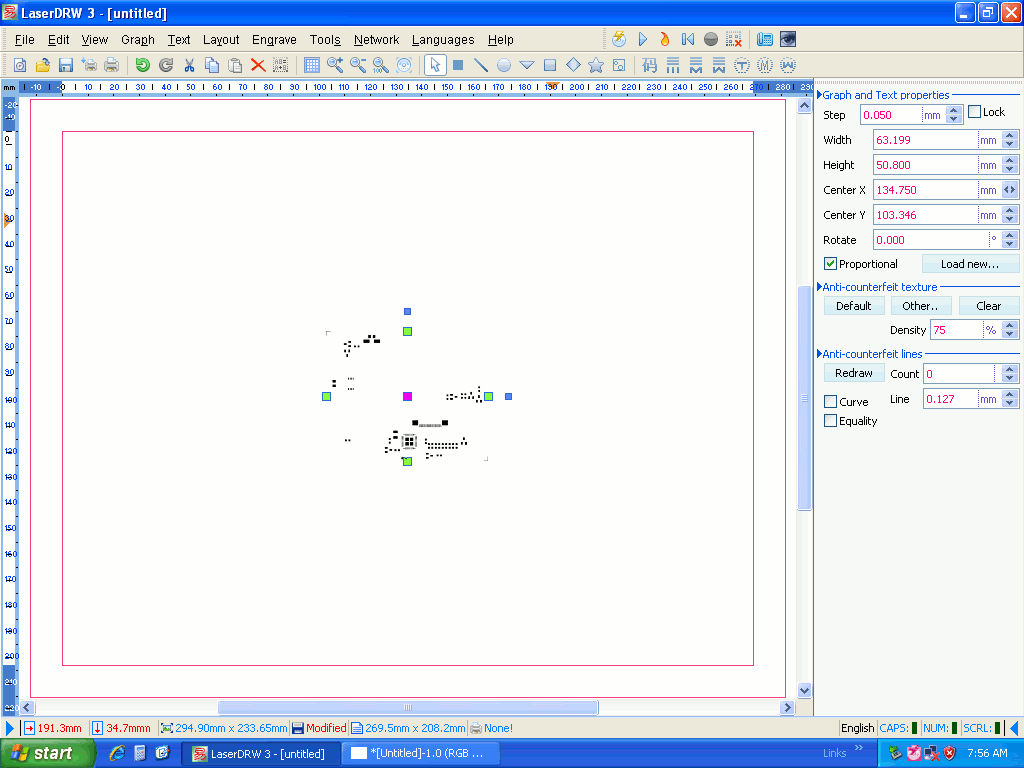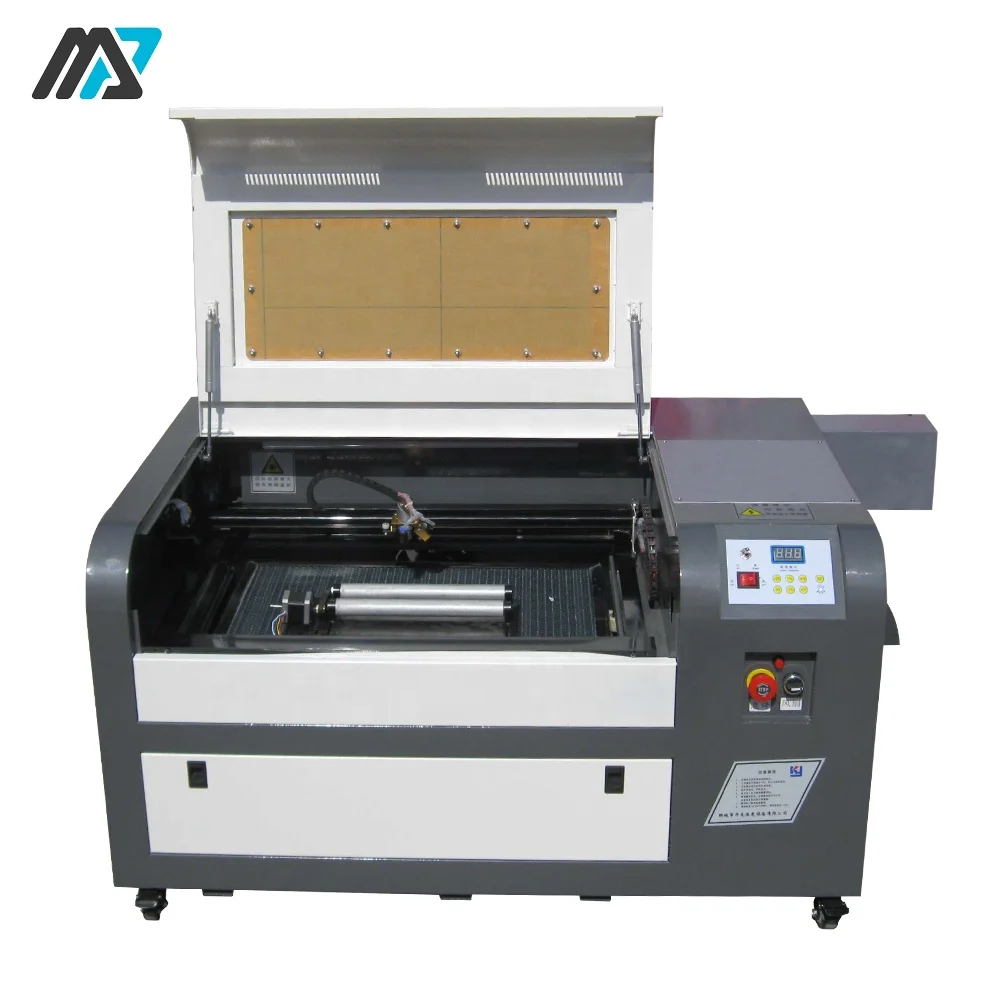

- LASERDRW 3 ACCEPTED FILE TYPES MP4
- LASERDRW 3 ACCEPTED FILE TYPES UPDATE
- LASERDRW 3 ACCEPTED FILE TYPES CODE
addEventListener ( 'change', ( event ) => Should I Consider Using a Ready-Made File Uploader? There are lots of things you can do with modern HTML and JS, but here are the two priorities for us:ĭocument.
LASERDRW 3 ACCEPTED FILE TYPES MP4
Developing the Core Functionalityįirst things first: let’s determine the minimal requirements for our file uploader. What video file formats can I upload on Facebook We recommend using the MP4 or MOV format, but here's a complete list of the video formats that can be uploaded to Facebook: 3g2 (Mobile Video). Here’s what we’re going to do: HTML5 File Uploader with a progress bar, dynamic file name display and a drag-and-drop section. Instead, we’re going to develop a basic uploader and then see how we can extend it. The goal here is not to create a feature-rich, 100% bulletproof file uploader. We accept several different filetypes for upload. In this article, we’re going to make a DIY HTML5 file uploader and compare it to a ready-made HTML5 solution. (When that became possible, it became very popular to have a video background on a website.)Īnother important thing that HTML5 brought to the table was advanced file uploading and Javascript API to work with files. lets you play audio files in your browser and control them via Javascript API, and does the same thing with videos.

LASERDRW 3 ACCEPTED FILE TYPES UPDATE
For example, WebSocket lets developers organize bidirectional real-time communication between a client and server to catch events and update states with no traditional requests and responses that take time to refresh the webpage.

The Content-Type header most likely will have image/png, image/jpeg, or some other similar value.HTML5 has brought lots of tools and methods to create web apps that work fast like desktop apps with no page reload. It does not mean that the string image/* will be specified in the Content-Type header. For example, the image/* placeholder for a response body means that the server will use the same data structure for all the responses that match the placeholder. Do not confuse the placeholder and the actual value of the Accept or Content-Type headers. The value you use as media type – image/* in our example – is very similar to what you can see in the Accept or Content-Type headers of HTTP requests and responses. To define the same format for multiple media types, you can also use placeholders like */*, application/*, image/* or others: paths: $ref: '#/components/schemas/Employee' # Reference to object definition To use the same data format for several media types, define a custom object in the components section of your spec and then refer to this object in each media type: paths: You may want to specify multiple media types: paths: For example, you can use standard types or vendor-specific types (indicated by. The media types listed below the content field should be compliant with RFC 6838. For more information on defining body data, see Defining Request Body and Defining Responses. Each media type includes a schema, defining the data type of the message body, and, optionally, one or several examples. One or multiple media types go as child keywords of this content keyword.
LASERDRW 3 ACCEPTED FILE TYPES CODE
The keyword content below the code corresponds to the response body. As you can see, each response is defined by its code ( '200' in our example.). Under responses we have definitions of individual responses. Here is an example of a response definition: paths: You specify the media type in request and response definitions. Web service operations can accept and return data in different formats, the most common being JSON, XML and images. Extension Source files (zip file) LaserDRWextension-0.06.zip: LaserDRWextension-0.05.zip: LaserDRWextension-0.04.zip: LaserDRWextension-0.03.zip: LaserDRWextension-0.02.zip: LaserDRWextension-0.01.

Media type is a format of a request or response body data. Handles: There are eight handles on the object. Click the import button from the toolbar or choose Import from File menu. If you use OpenAPI 2.0, see the OpenAPI 2.0 guide. This program can import DXF, PLT, BMP, JPG files.


 0 kommentar(er)
0 kommentar(er)
